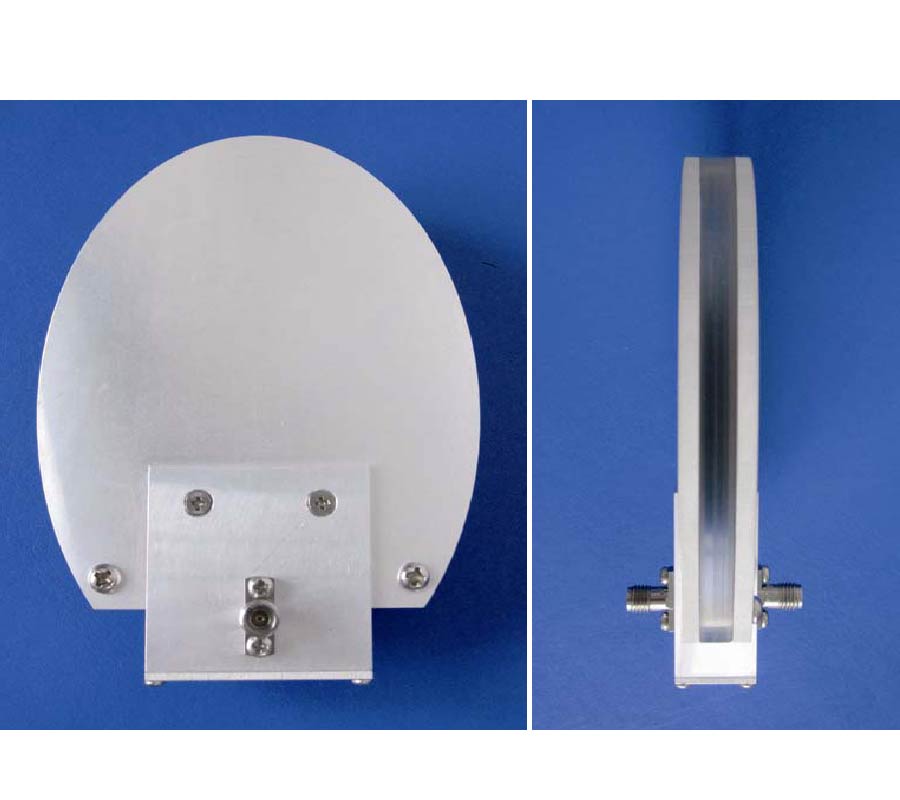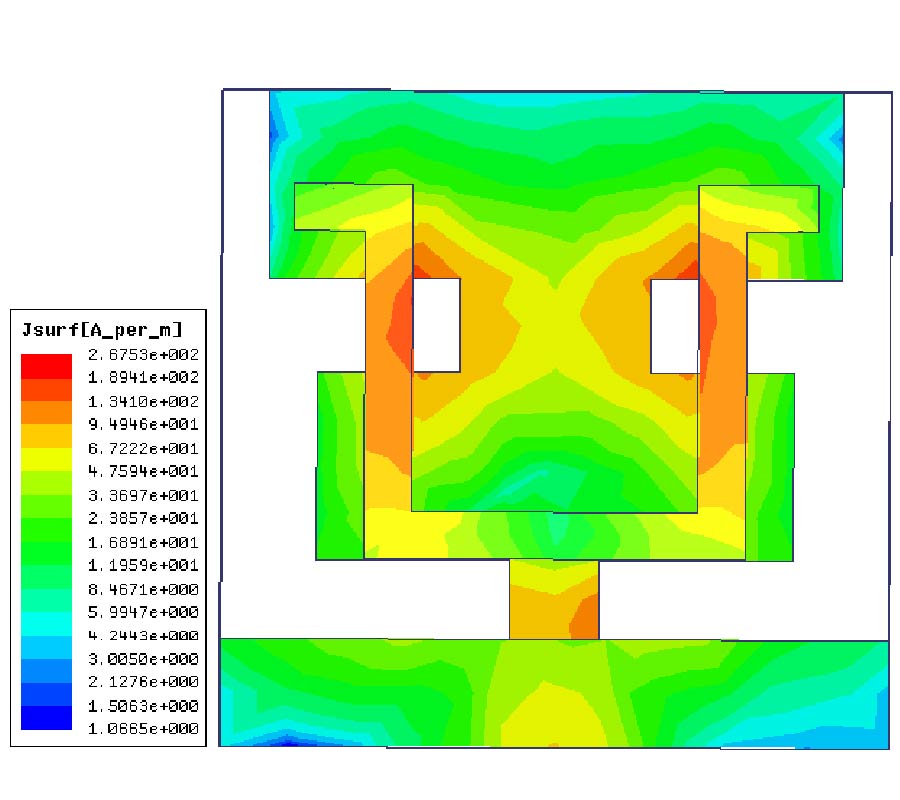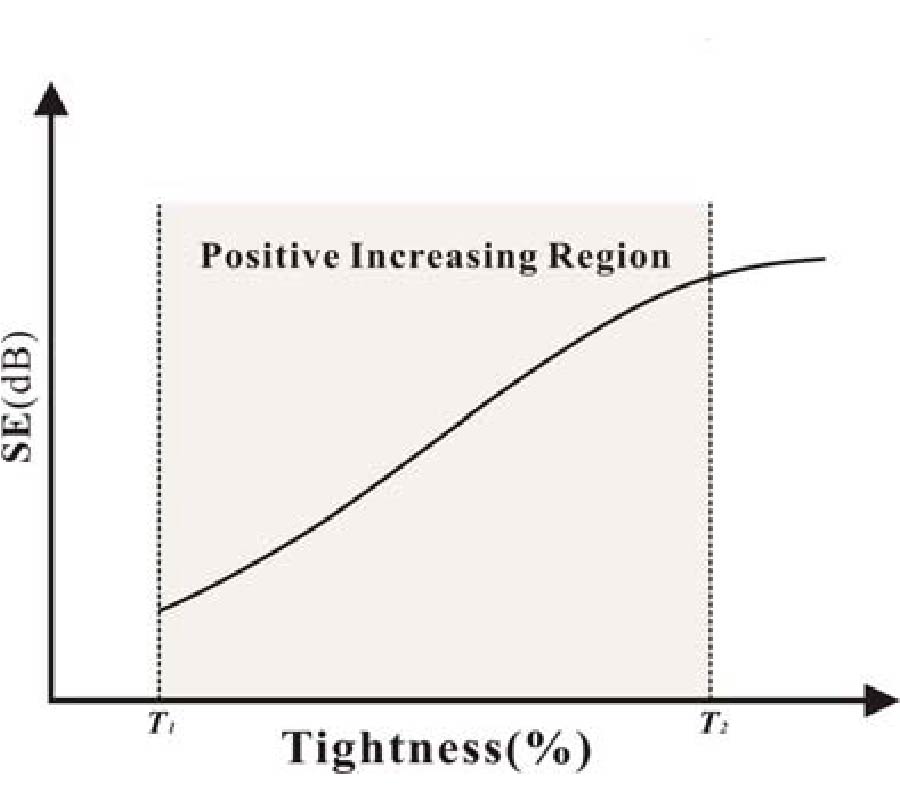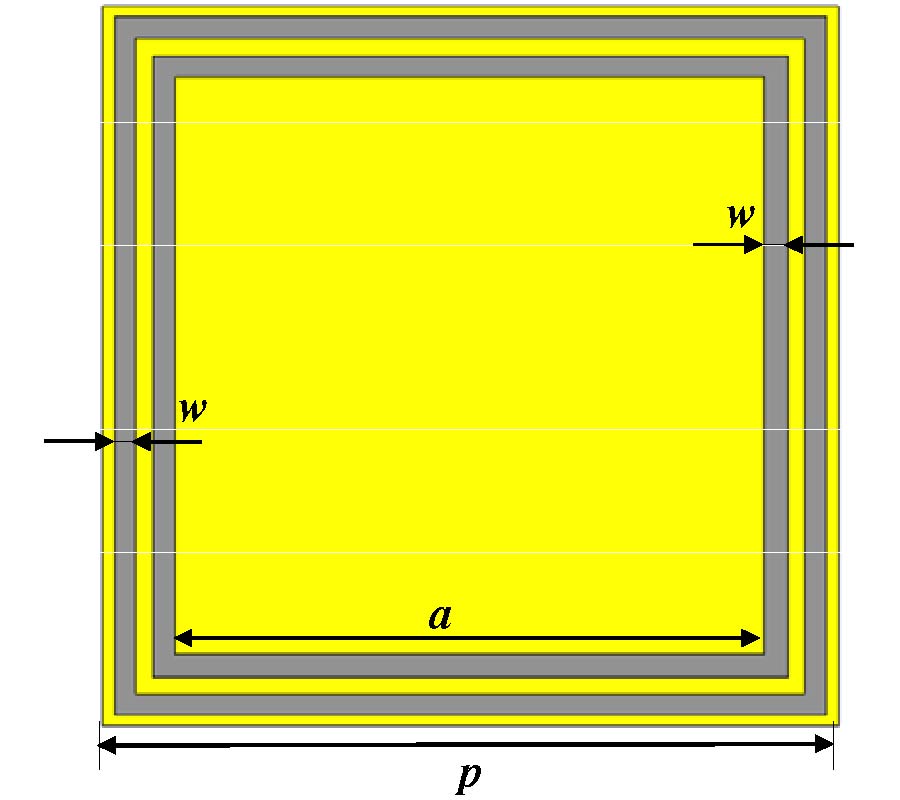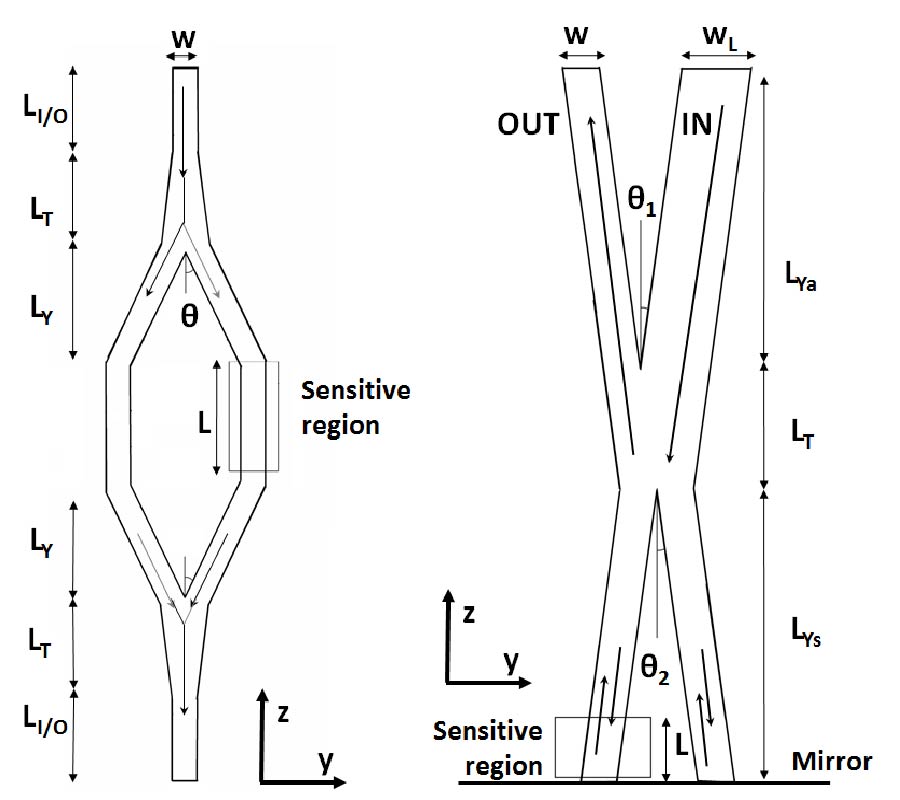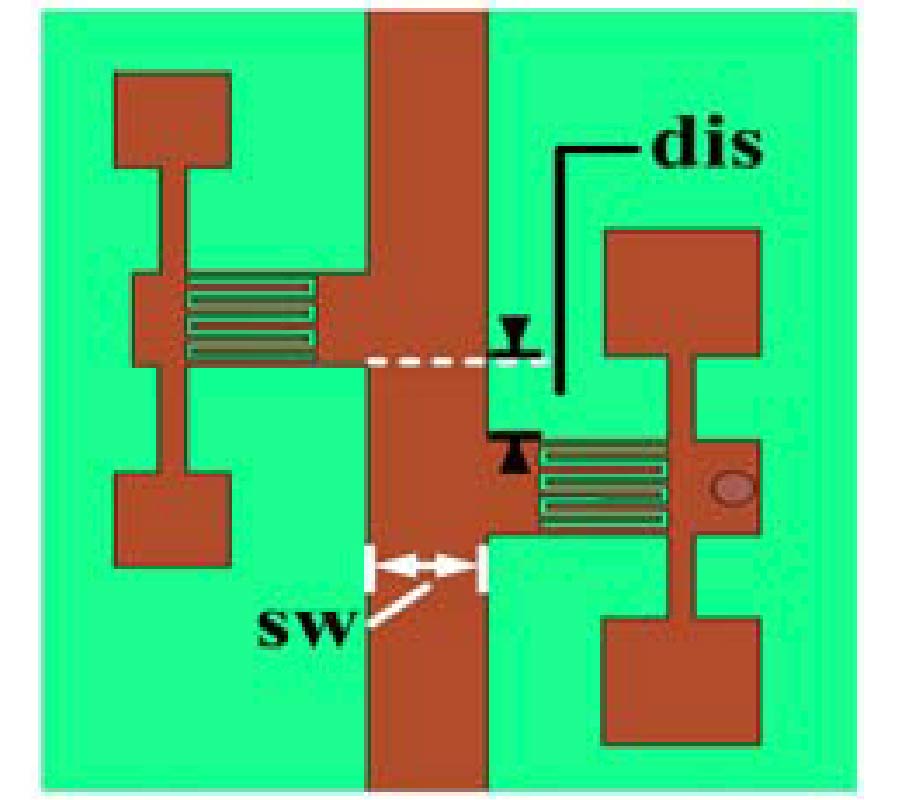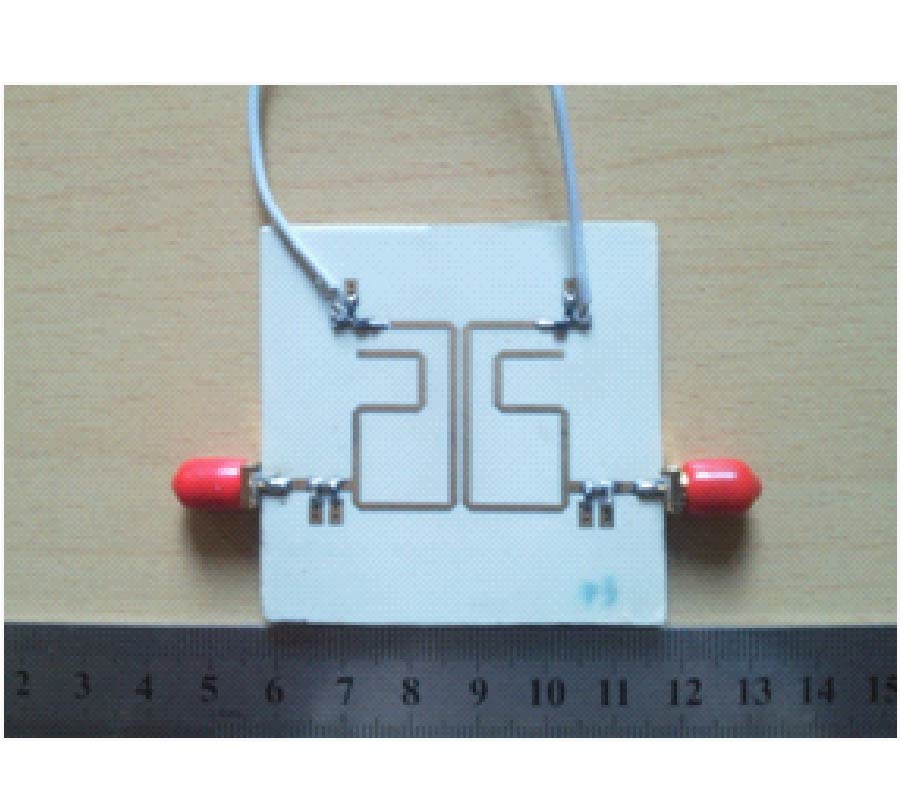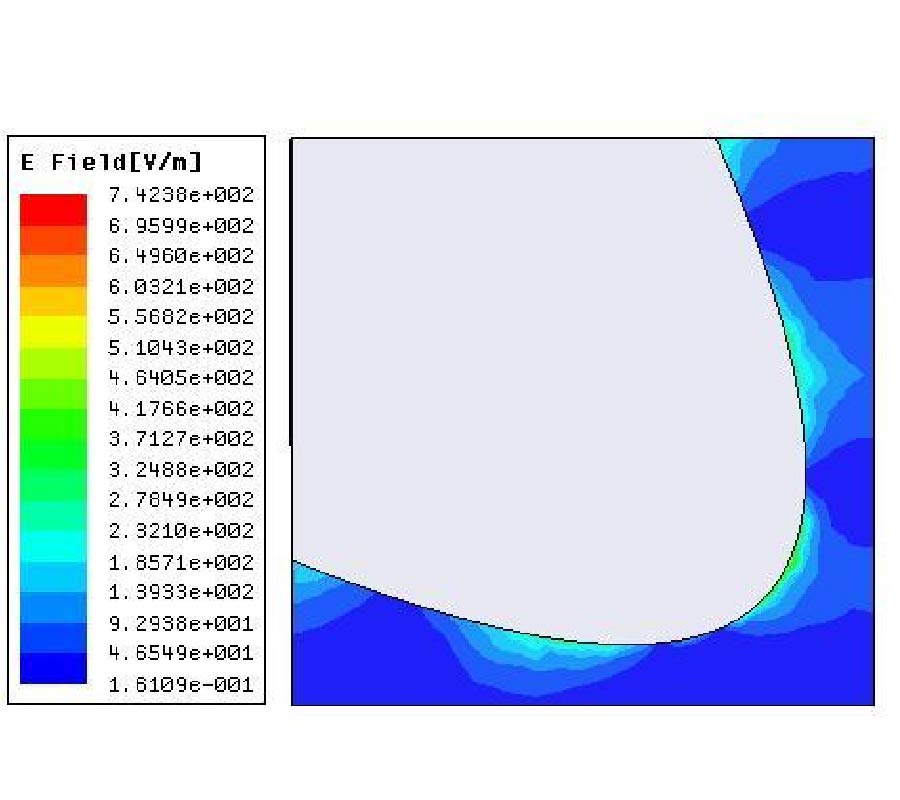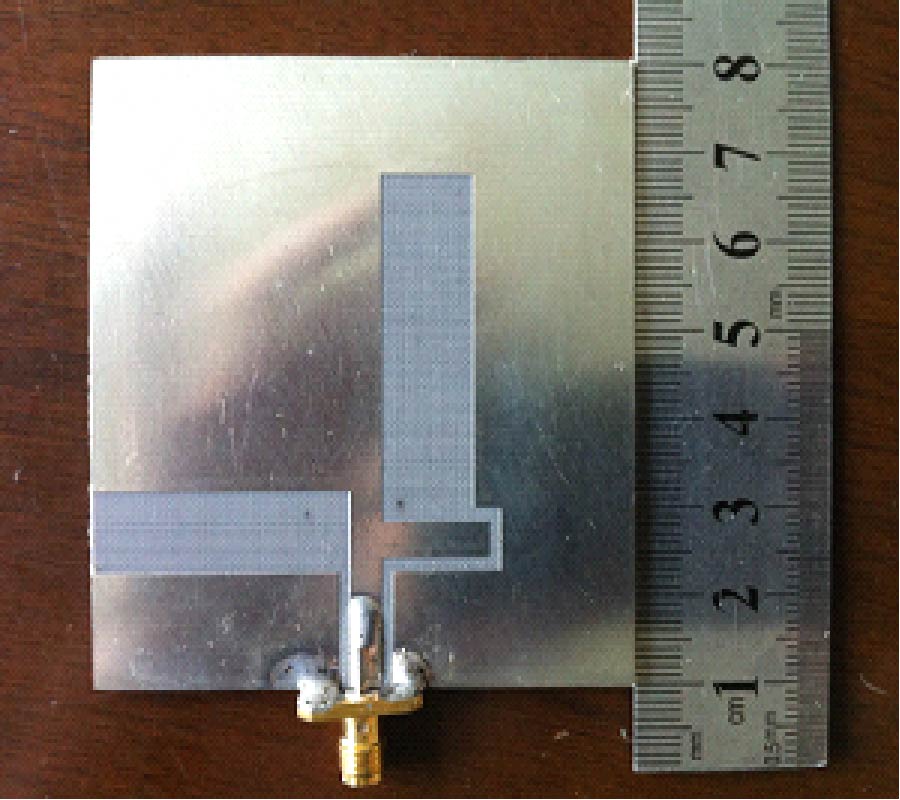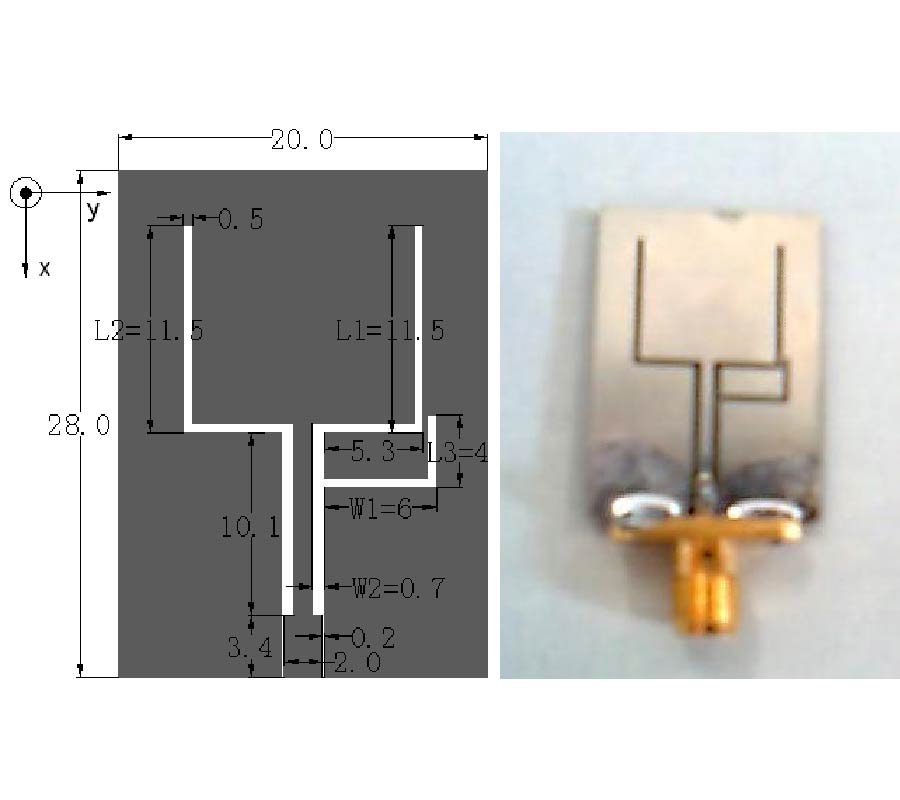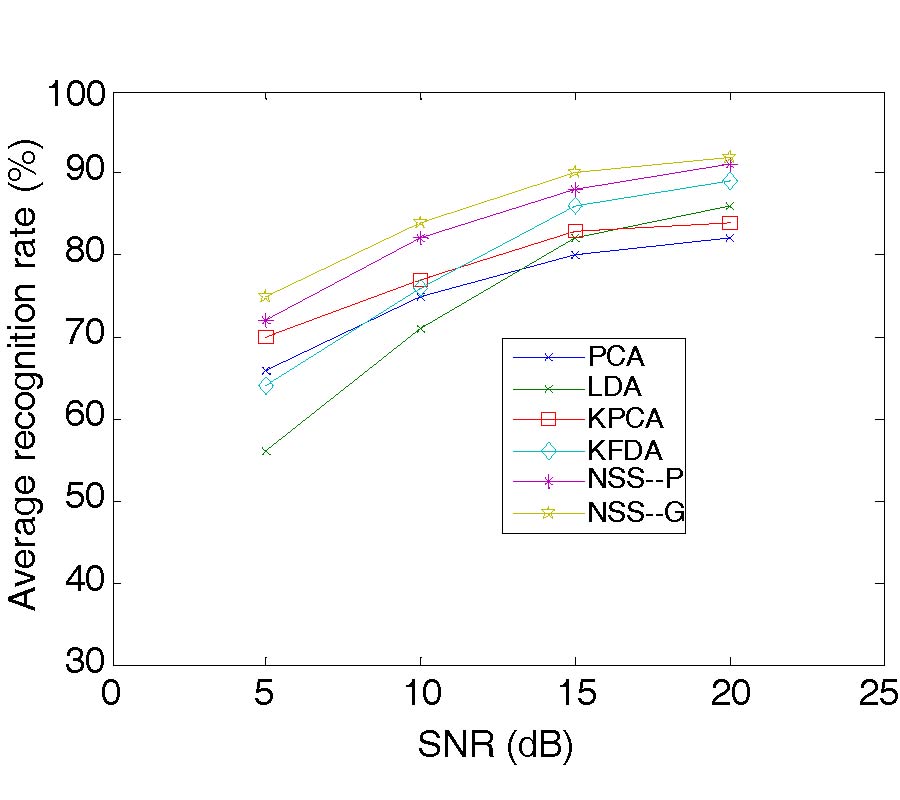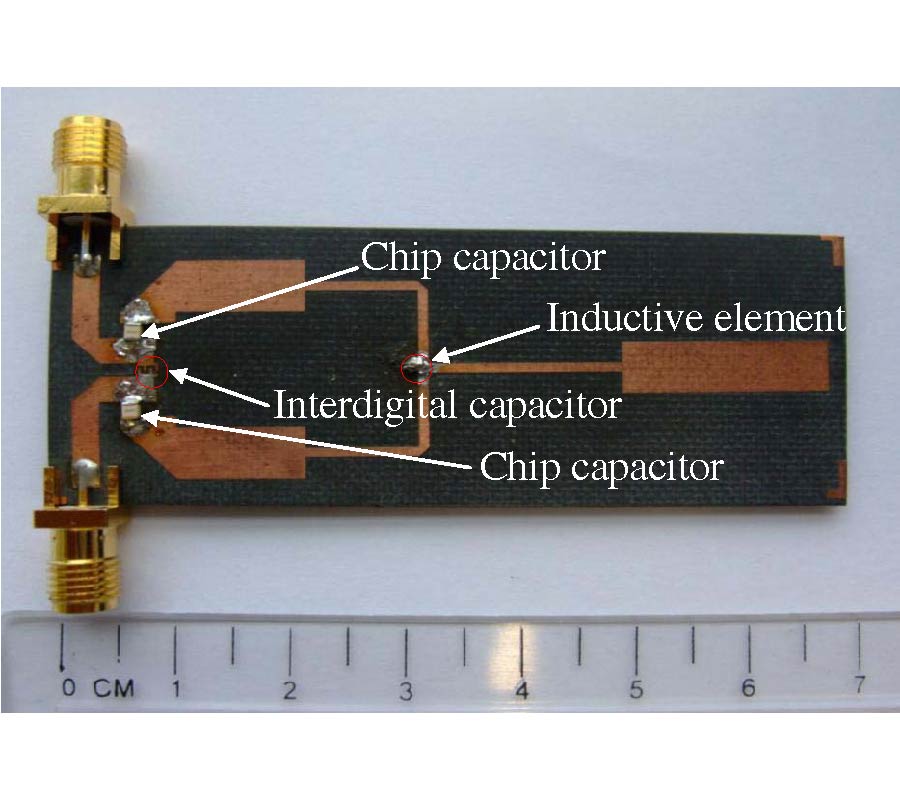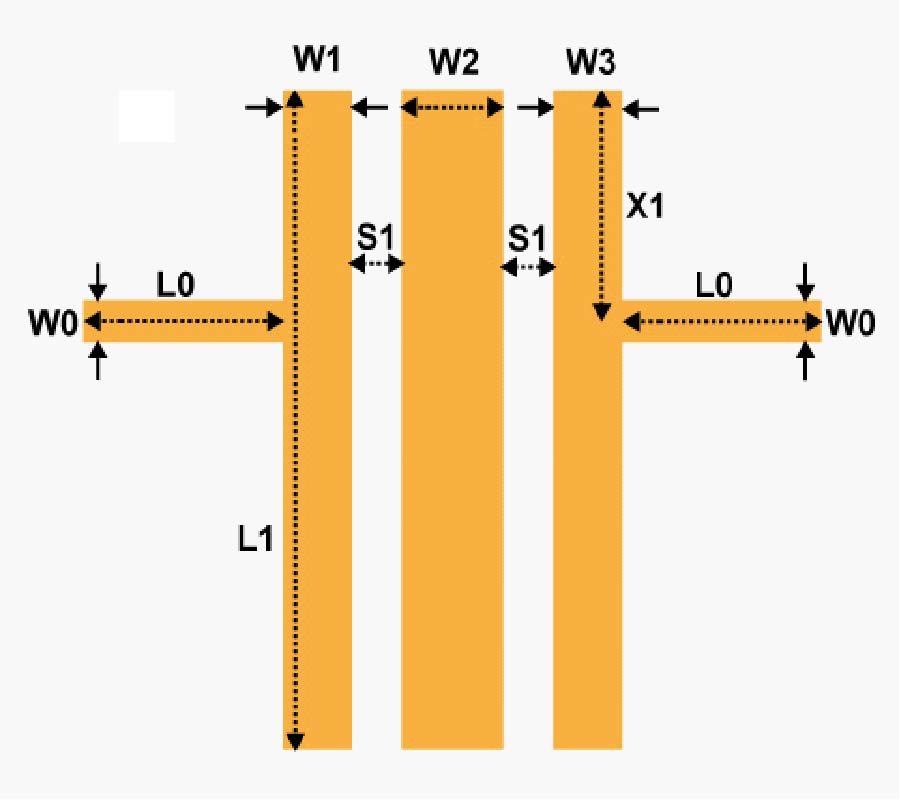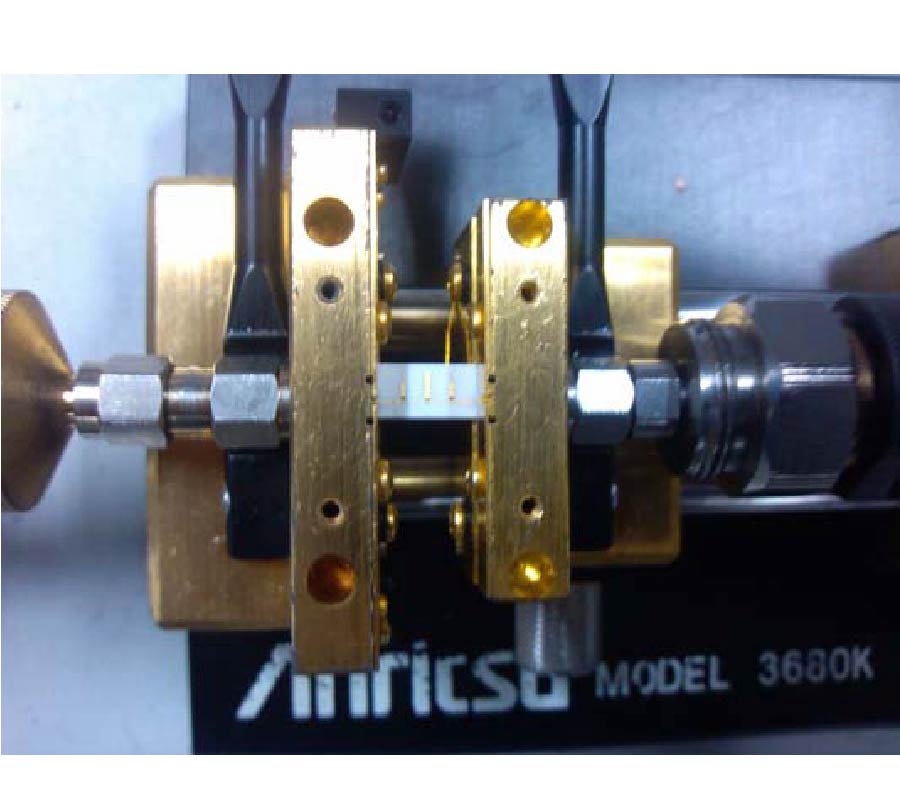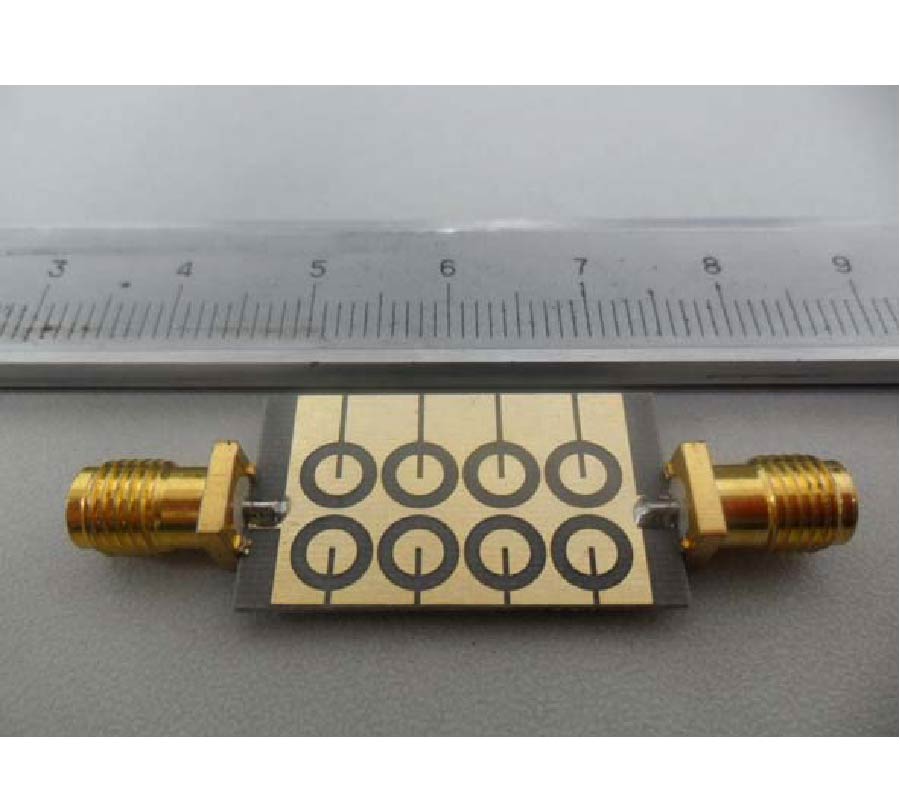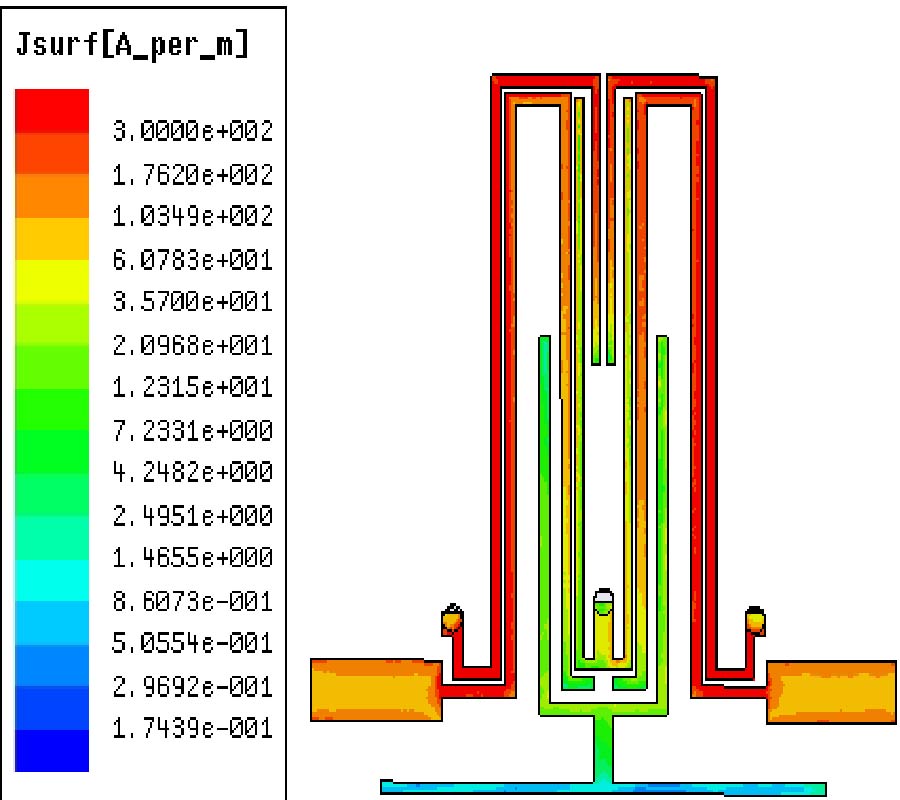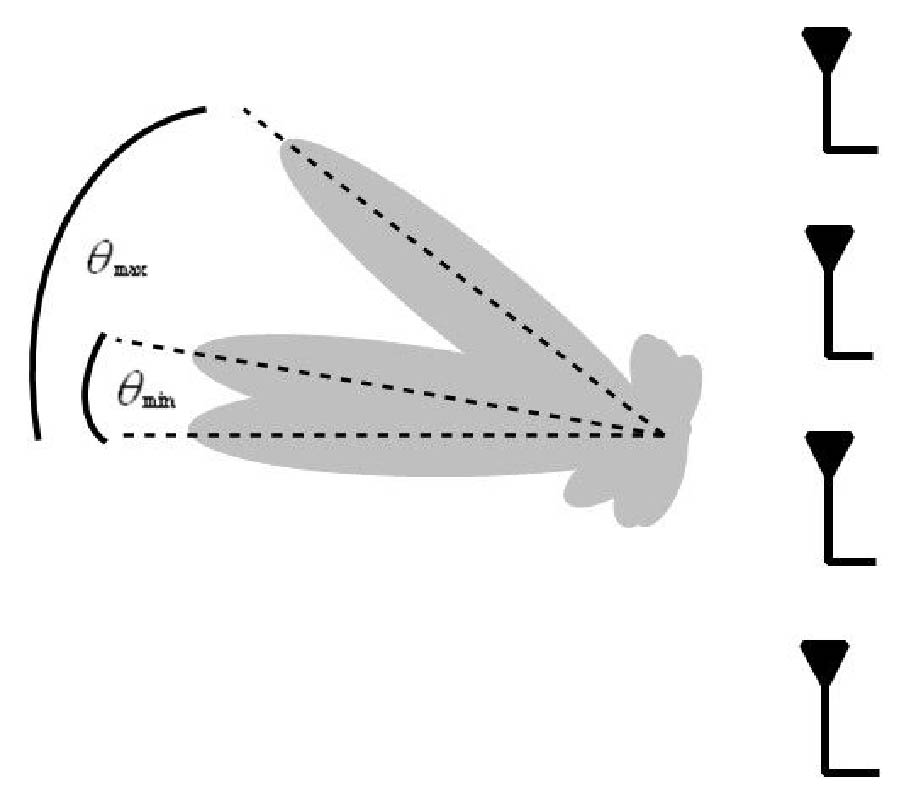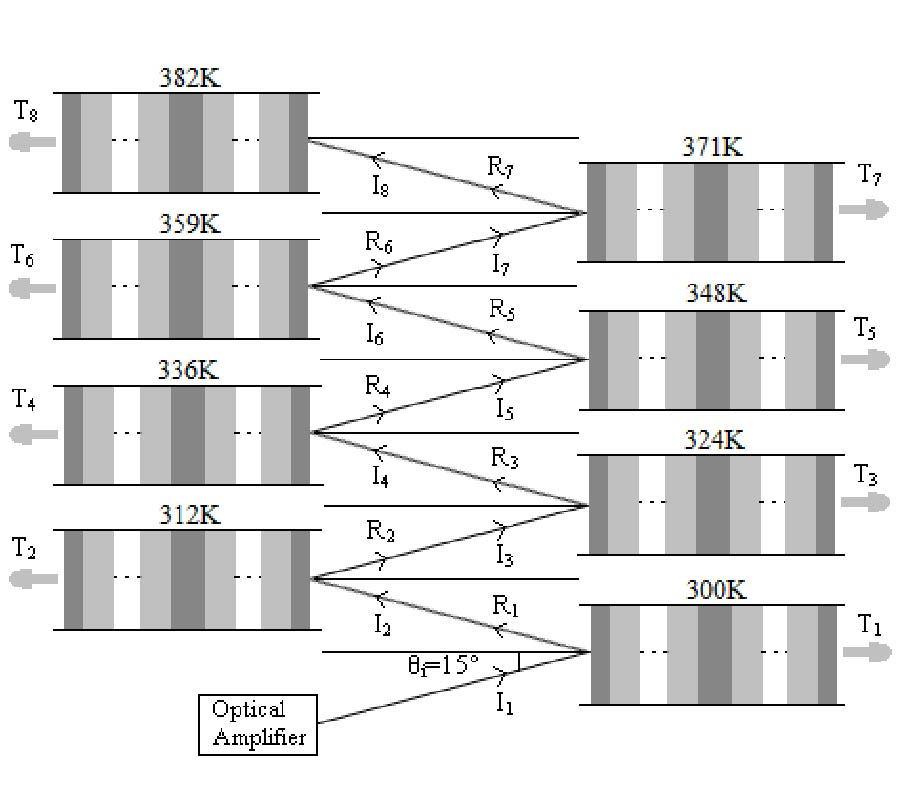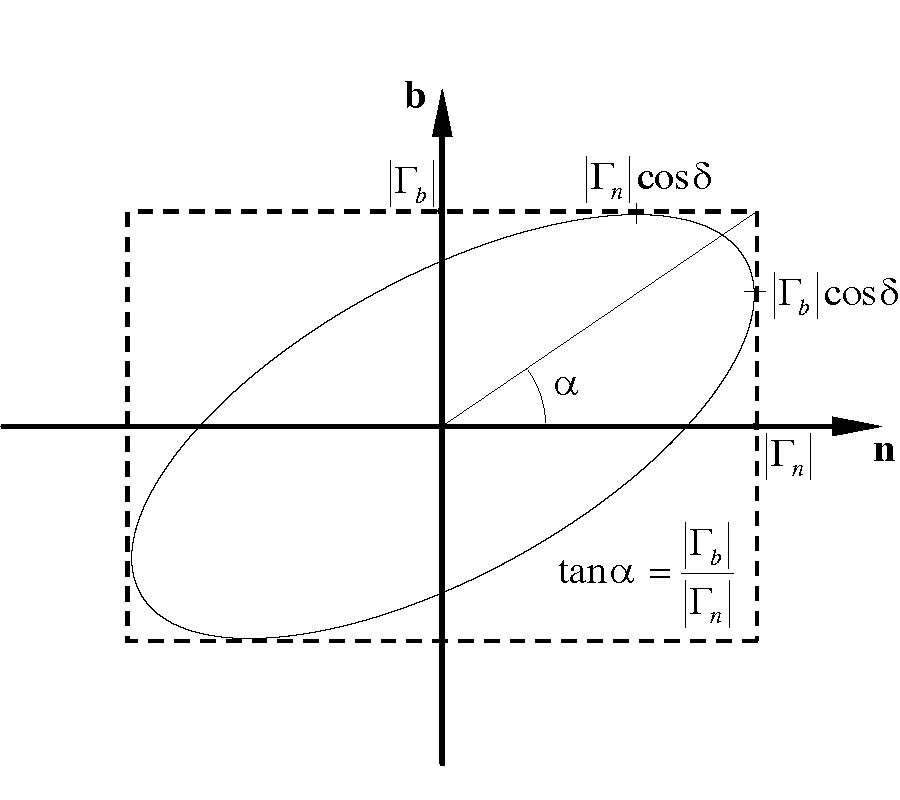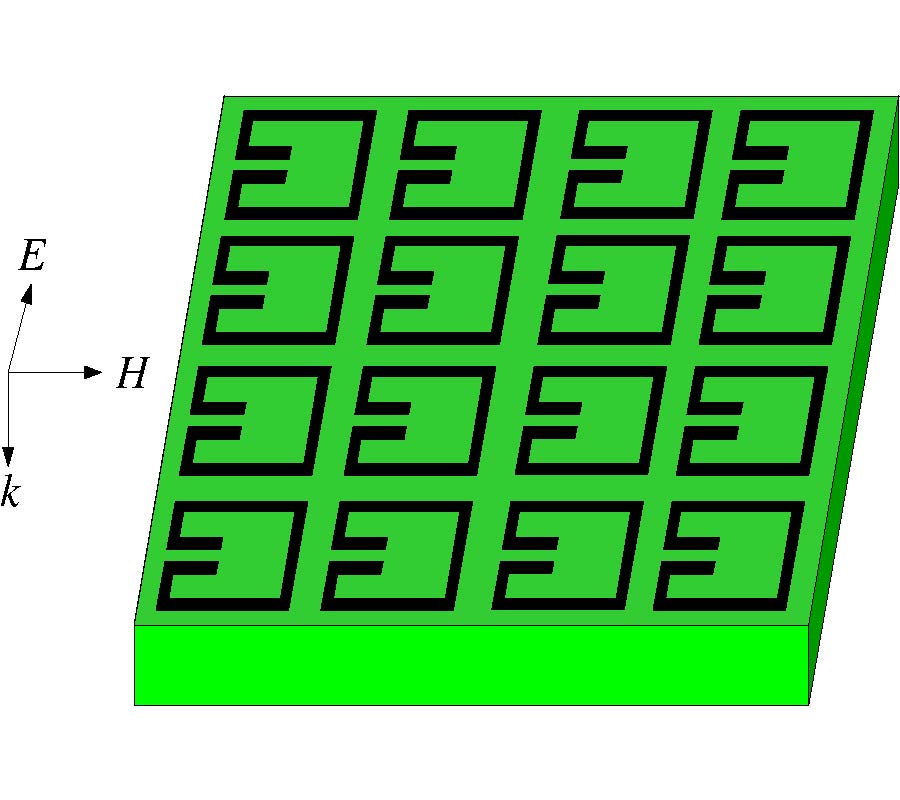Nonlinear Subprofile Space for Radar HRRP Recognition
Daiying Zhou,
Xiaofeng Shen and
Yangyang Liu
In this paper, a novel approach, namely nonlinear subprofile space (NSS), is proposed for radar target recognition using high-resolution range profile (HRRP). First, the HRRP samples are mapped into a high-dimensional feature space using nonlinear mapping. Second, the nonlinear features, namely nonlinear subprofiles, are extracted by nonlinear discriminant analysis. Then, for each class, the nonlinear subprofile space is formed using all the training nonlinear subprofiles of class. Finally, the minimum hyperplane distance classifier (MHDC) is used for classification. The aim of NSS method is to represent the feature area of target using nonlinear subprofile space, and effectively measure the distance between the test HRRP and feature area via minimum hyperplane distance (MHD) metric. The experimental results of measured data show that the proposed method has better performance of recognition than KPCA and KFDA.
